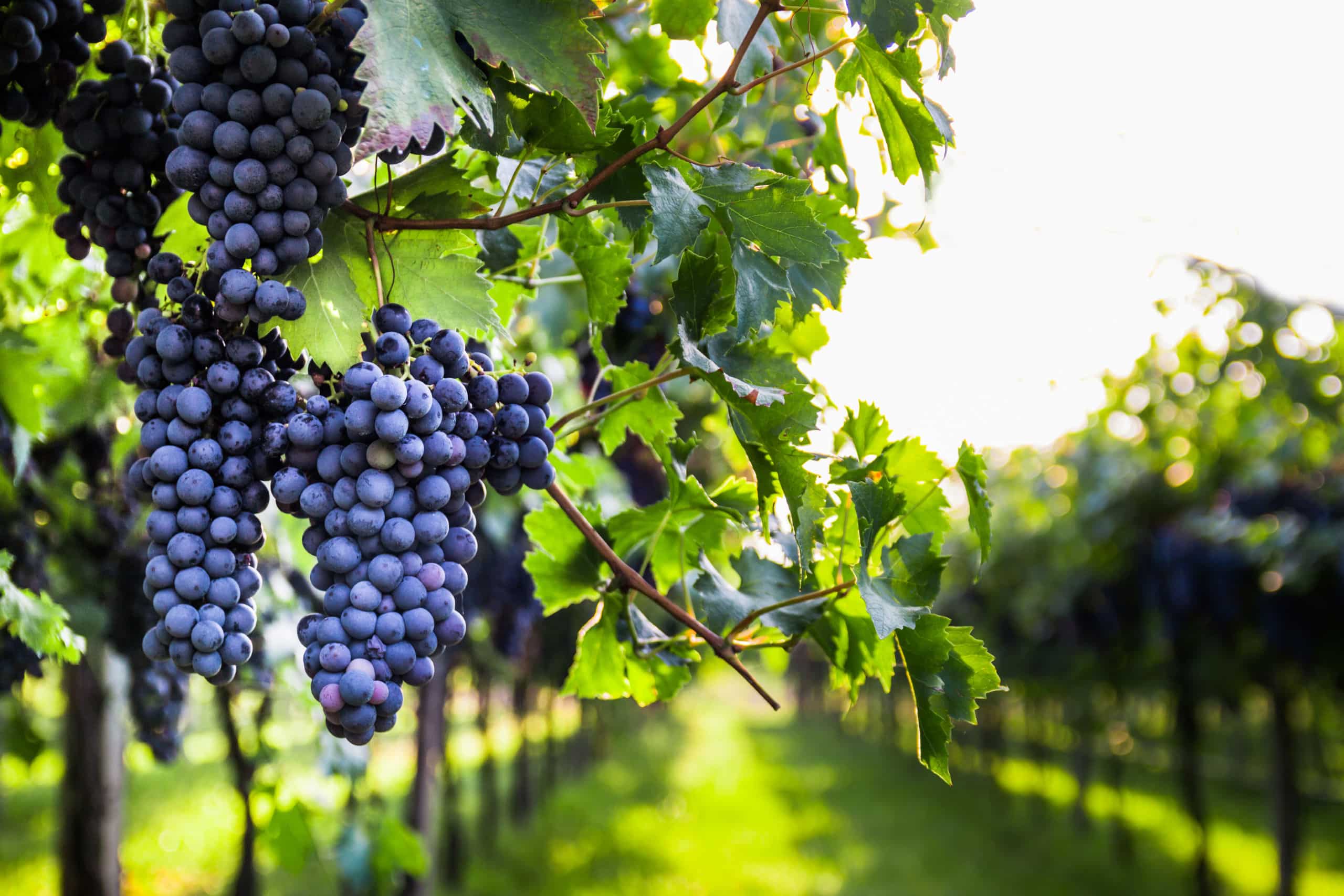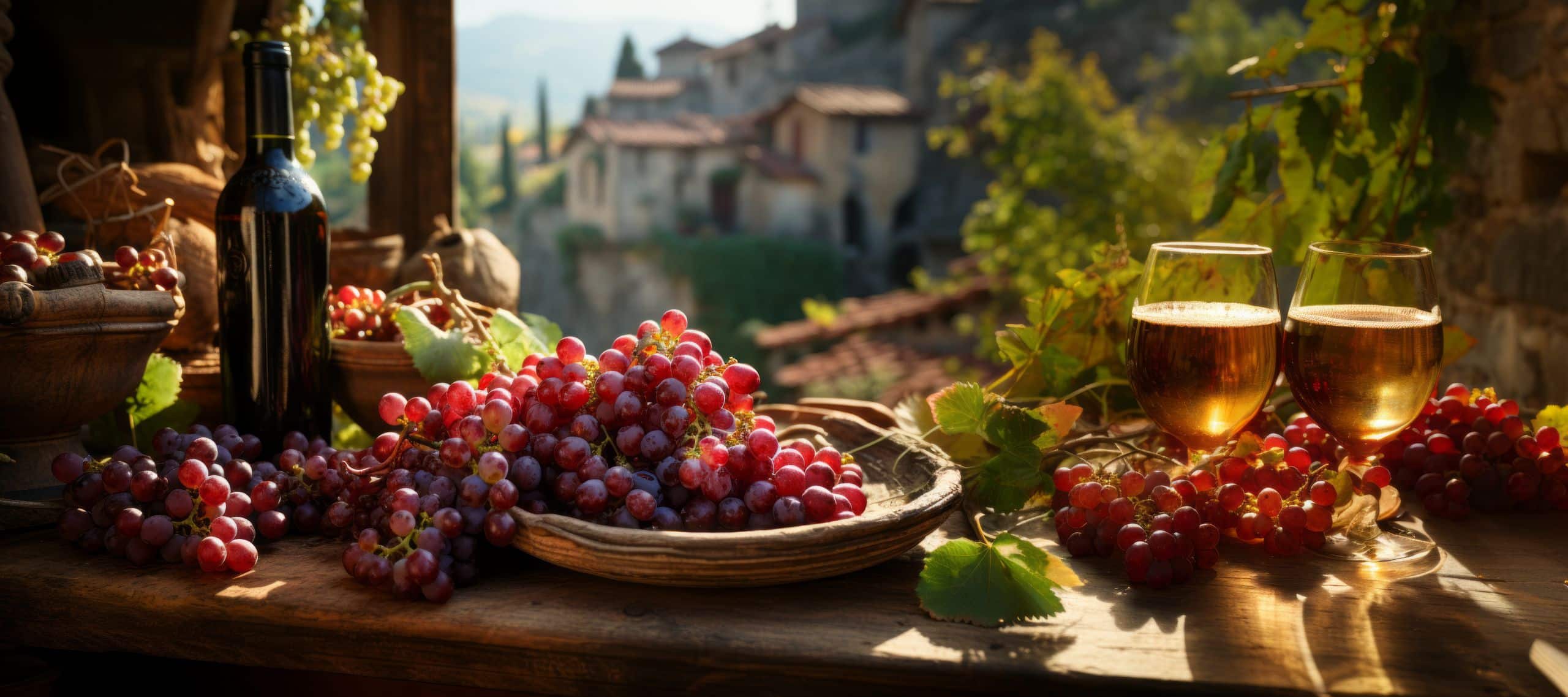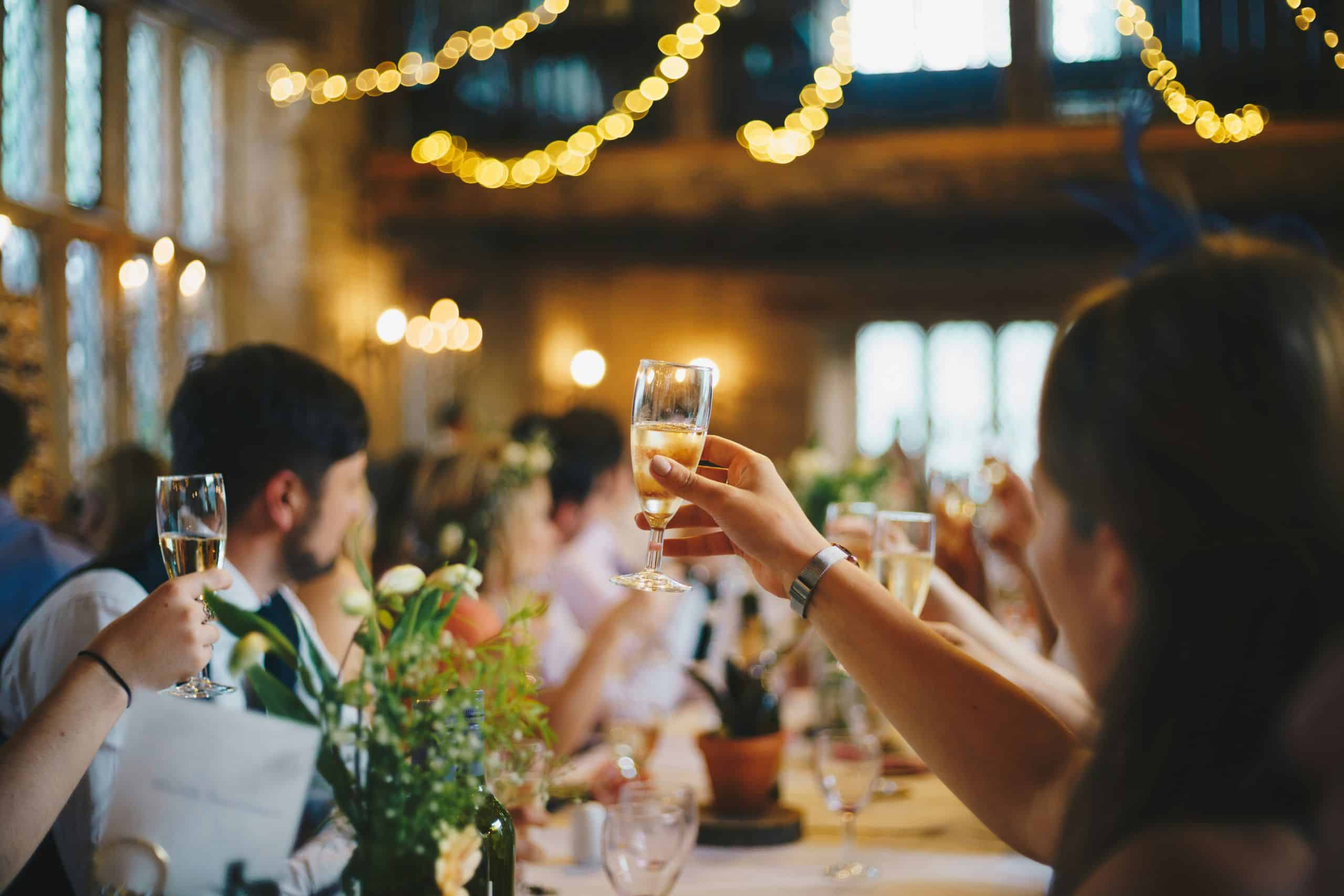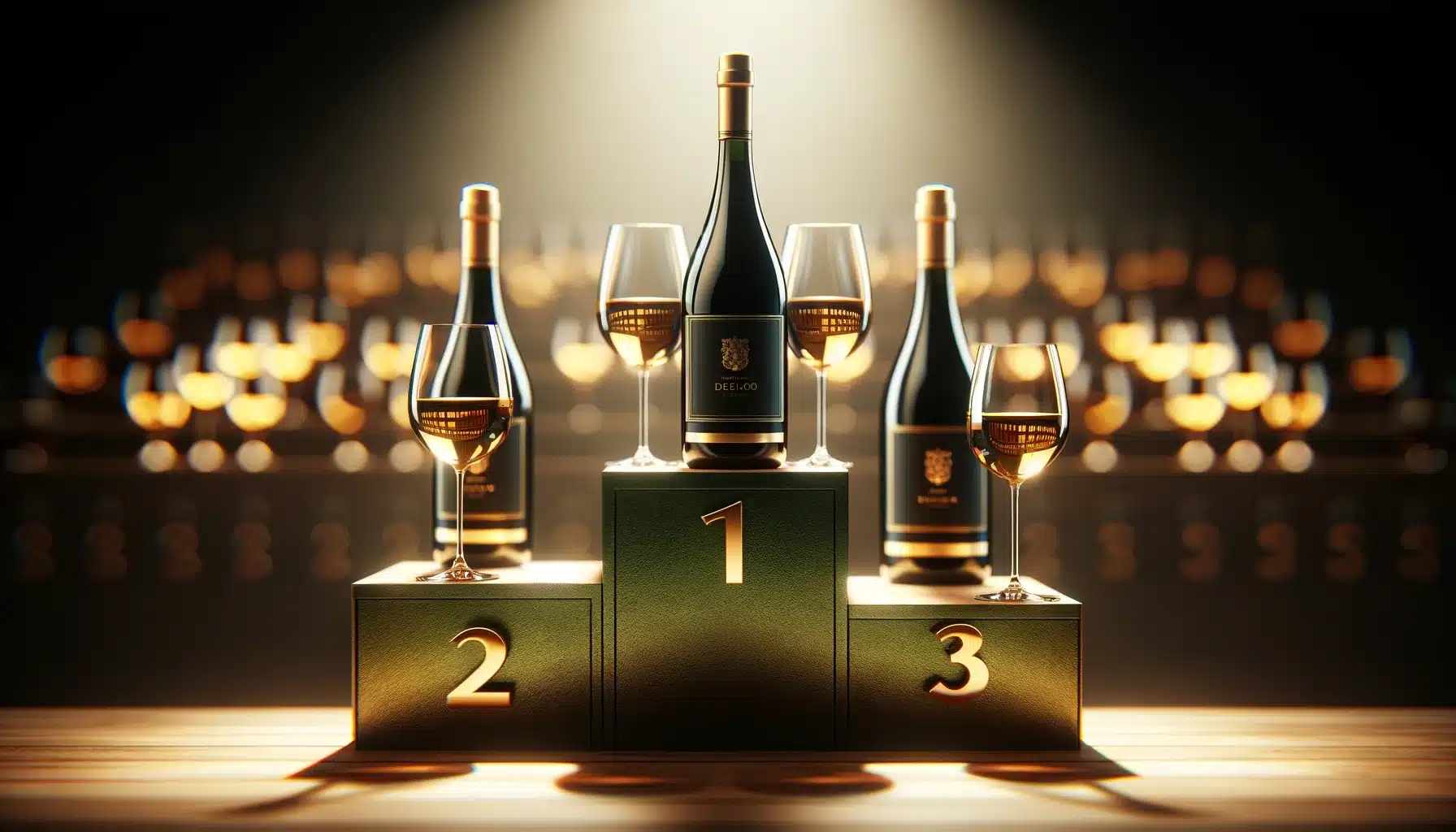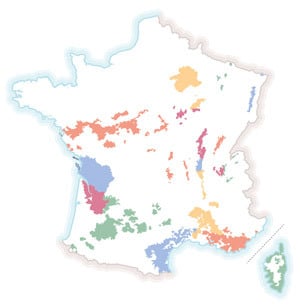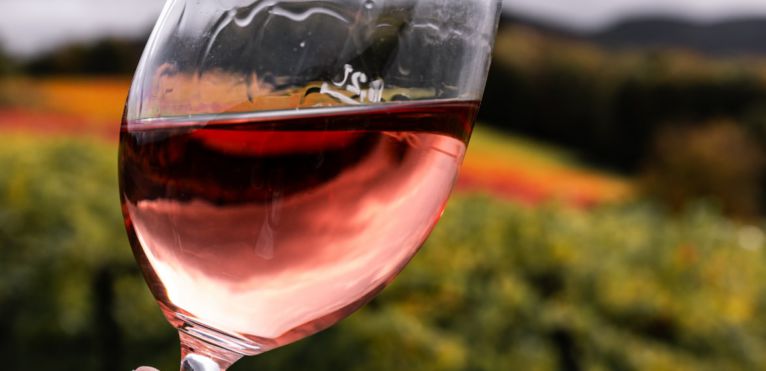
Contents
Have you ever heard, during a tasting, that a wine tastes of light? That’s a rather strange statement: how can we perceive a visual sensation through taste? Well, you should know that light can alter the taste of a wine, and not really for the better.
Don’t worry, there are solutions to protect you from light, artificial or otherwise!
The famous taste of light
The taste of light is a concept that emerged in 1971 following studies on the effect of natural and artificial light on dairy products. In 1978, Alain Maujean’s book “Connaissance de la vigne et du vin” (Knowledge of vines and wine) shed light on the subject, turning him to the world of wine.
In concrete terms, the effect of light will alter the taste of the wine, giving it aromas of cauliflower or wet wool. More specifically, we find reduced aromas, a drop in the intensity of fruity aromas and discoloration in certain wines, such as champagne.
The longer the wine is exposed to light, the more likely it is to lose its color and aromas.
How does it appear?
As mentioned above, this taste can occur following exposure to natural or artificial light.
Certain volatile compounds (such as riboflavin, a vitamin B2) present in wine will react with methionine (an amino acid) under the effect of exposure to light and the waves emitted by light (from the sun or a lamp). This chemical reaction produces methanethiol, a molecule that gives off aromas of boiled cabbage or wet wool in wine.
It’s quite difficult to pinpoint a time frame for the onset of this phenomenon. The truth is, it all depends on the origin of the light, its intensity and the temperature. It also depends on the wine: the more riboflavin it contains, the greater the risk of it taking on a light taste.
How to protect yourself?
The first protection against light for a wine is to choose a tinted bottle (often green or brown) to limit contact between the wine and the light. So it’s up to the winemaker to choose the right bottle to protect the wine. In a transparent bottle, the wine can be affected in two weeks, whereas it takes several months for a green or brown bottle.
Then it’s up to you to take care of your bottle so that it’s not affected by light. That’s why many people store their wine in a traditional cellar in the dark. If you don’t have a cellar, there are apartment wine cellars without lights for this purpose. Alternatively, you can opt for LED lighting, thanks to the low intensity of the waves produced.
Photo by Tobias Rademacher / Unsplash
